Along with our colleagues from WatchTime.com, the Monochrome team also spent a busy week at Baselworld 2014, and had the chance to see and review a number of new watches introduced at the fair. In this article from our online magazine monochrome-watches.com, we take a closer look at the Rolex Sea-Dweller 4000, a highlight piece for many Rolex fans.
To be honest, we have missed the Sea-Dweller over the past six years. After the introduction of the Rolex Sea-Dweller Deepsea in 2008, the existing reference 16600 Sea-Dweller disappeared from the collection. That was one of the reasons to include it in the wish list that we published a few weeks before Baselworld. After several years of absence from Rolex’s collection, the Sea-Dweller is back in a contemporary version, featuring a Cerachrom bezel insert, the Oysterlock safety clasp and the Rolex Glidelock bracelet extension system. Besides the re-introduction of the Sea-Dweller, we also predicted (and wished for) a GMT-Master II with a blue/red bezel (nicknamed “Pepsi”), a Daytona with a silver dial and black chronograph subdials (nicknamed “Panda dial”) with black ceramic bezel, and a Milgauss with a blue dial. Rolex delivered on the Milgauss and GMT-Master II Pepsi, though not the Daytona. Fortunately, the world’s most iconic dive watch is now available again.
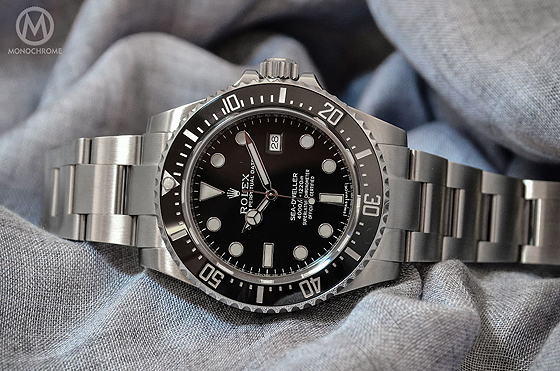
The Rolex Sea-Dweller was introduced in 1967 and was originally designed for professional deep-sea diving. It already featured a helium escape valve – something that Rolex patented in 1967 – which is a useful item for professional divers, who have to stay in diving bells for a period of time. At the depths where diving bells are used, divers do not breathe the same air that we breathe on the surface, as that would be dangerous (some gasses expand in such way that they would damage our body when ascending). That’s why professional divers use a gas-mix that also includes helium. Unfortunately helium can enter a dive watch (when the pressure is very high, like in great depths), and when the diver ascends the helium molecules expand faster than they can escape from the watch’s insides. The resulting pressure from the inside might ultimately pop the watch’s crystal out — something you really don’t want to happen!
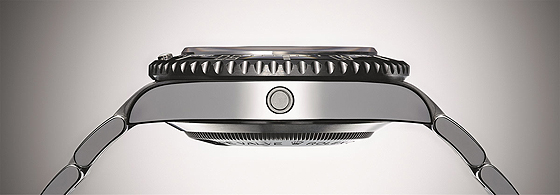
You need to take into account that when the Sea-Dweller was introduced, mechanical dive watches served a real purpose — unlike today, when probably 99 percent of these dive watches see no action other than “desk diving.” Back in the 1960s and ’70s, there were no electronic dive computers and a dive watch, with unidirectional rotating bezel, was a life-saving instrument. The Sea-Dweller 4000’s bezel is, like those of its predecessors, has 60-minute graduations and rotates in one direction. The bezels on previous models were made of aluminium, covered with black printing; the new bezel is made of Rolex’s patented and in-house-produced Cerachrom alloy. This material is virtually scratchproof and its color will not fade over time, since it’s unaffected by ultraviolet rays. The black dial features large “Chromalight” hour markers and hands, filled with luminescent material that emits a long-lasting blue glow for excellent legibility in dark conditions.
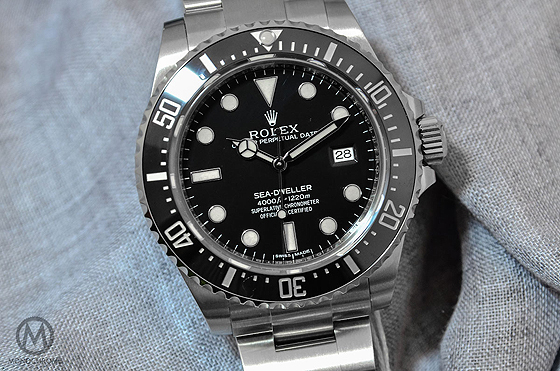
The first Sea-Dweller, reference 1665, was water-resistant to a depth of 660 meters (or 2,000 feet). The depth rating of the new Oyster case is 1,220 meters (4,000 feet), hence the name Sea-Dweller 4000. Rolex makes its cases from 904L steel, which is a harder and more corrosion-resistant type than the 316L steel that is used by the majority of watch brands. The Triplock screw-down crown adds to the water-resistance, and is protected by the crown guards. Inside ticks Rolex’ well-known and super-reliable self-winding mechanical movement, Caliber 3135. Besides hours, minutes and seconds, it also indicates the date. The movement is, of course, developed and manufactured in-house and has been tested and approved by the Swiss Official Chronometer Testing Institute (COSC). The movement’s escapement features the Parachrom hairspring, which Rolex first used in 2005 and which offers much better stability and more precision in case of shocks.
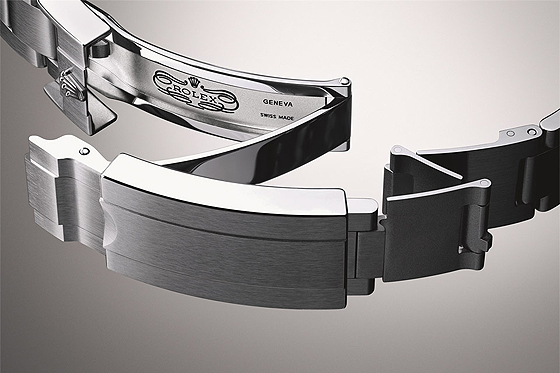
Rolex has greatly improved their bracelets in the last decades. While the old bracelets from the 1960s, ’70s and even ’80s are not known for being solid and robust, the new ones are exactly that. The new Oysterlock safety clasp prevents from accidental opening, and the double extension system allows the watch to be worn over a diving suit up to 7 mm thick. The most comfortable feature of the new Oyster bracelet is the Rolex Glidelock, which allows the wearer to fine-adjust the length of the bracelet by 20 mm, in 2-mm increments.
- Case: 904L stainless steel, 40 mm in diameter, helium escape valve, screw-down crown, unidirectional rotating bezel with Cerachrom bezel, guaranteed water-resistant to 1,220 meters (4,000 feet)
- Movement: Calibre 3135, in-house developed and manufactured, self-winding, COSC certified, 28,800 vph (4Hz), 31 jewels, 48-hour power reserve, Parachrom hairspring, Breguet overcoil, large balance wheel with variable inertia screws, regulating via four gold Microstella nuts
- Bracelet: Oyster three-piece bracelet with solid links, 904L stainless steel, satin-finished, polished edges, Oysterlock folding safety clasp, Rolex Glidelock extension system (20 mm in increments of 2 mm), Fliplock extension link (26 mm)

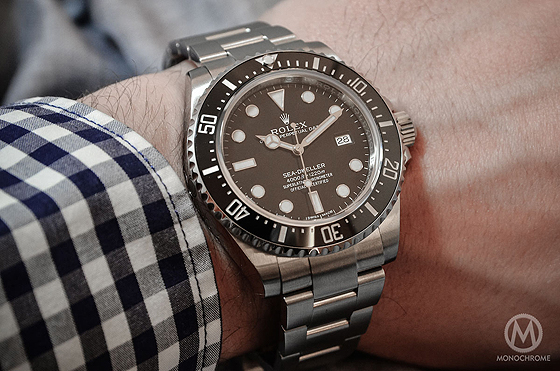
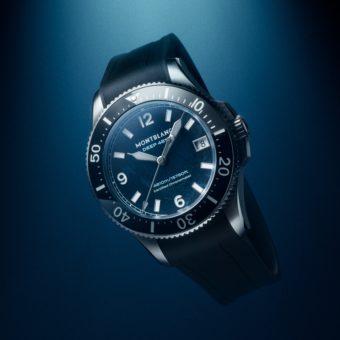
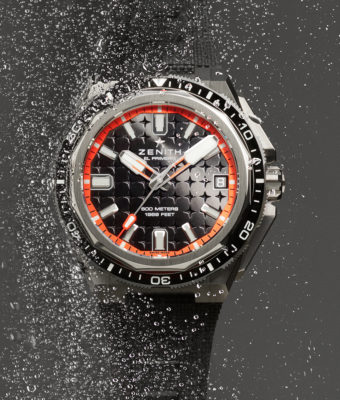
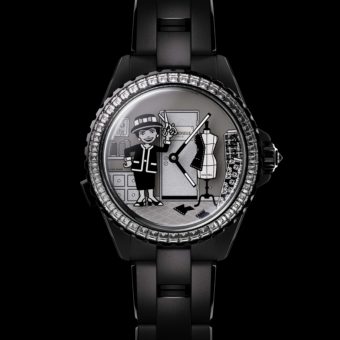
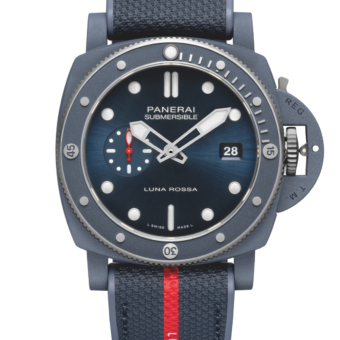
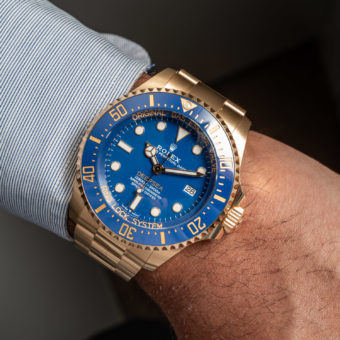
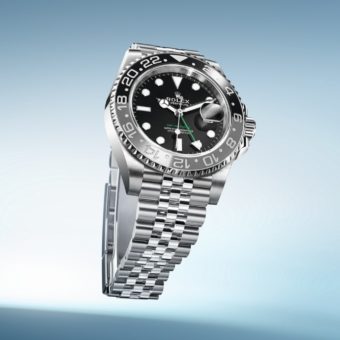
How about giving us the price, Frank???
Classic.